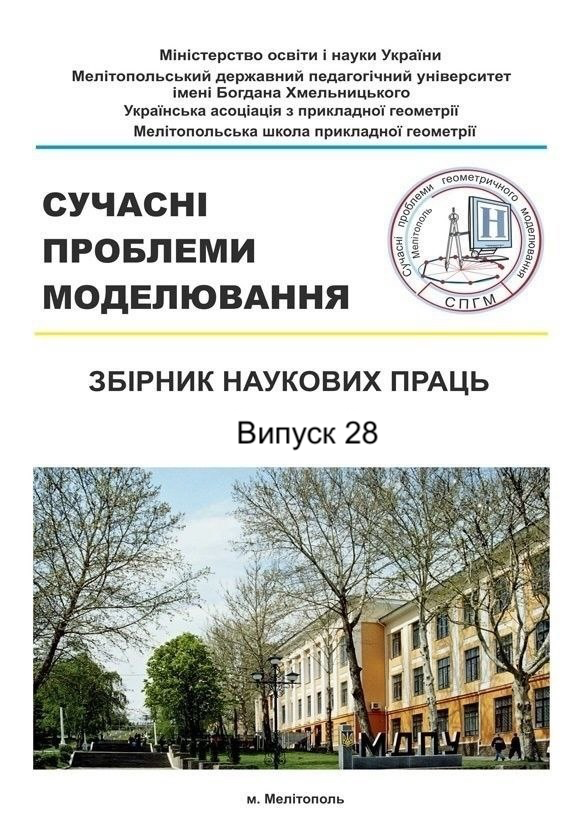RESEARCH OF ANALYTICAL CURVES IN GEOMETRIC MODELING OF PROJECTILE NOSE PROFILES
Abstract
This study investigates the feasibility of applying nine analytical curves for the geometric modeling of a ballistic projectile's nose section to achieve high aerodynamic efficiency. The research focuses on approximating the ogival profile while adhering to physical constraints, including the initial point, final height, horizontal tangent, and monotonicity. Various curve types were employed: polynomial (third-degree polynomial, parabola), sigmoidal (logistic, hyperbolic tangent), and nonlinear (elliptical arc, power, logarithmic, exponential, Nosek curve), enabling an evaluation of their ability to accurately reproduce the profile and meet aerodynamic requirements.
The methodology is based on numerical optimization using seven methods: Nelder-Mead, Powell, CG, BFGS, L-BFGS-B, TNC, and SLSQP. Penalty functions and direct constraints (for SLSQP) were applied to enforce physical constraints, ensuring compliance with boundary conditions and monotonicity. Penalty functions accounted for deviations from specified boundary points, tangent slope, and non-negative derivatives at key profile points. Optimization was performed by minimizing the root mean square error (RMSE) between reference points and modeled curves. The quality of approximation was assessed by analyzing deviations in the front, middle, and rear zones of the profile, alongside aerodynamic efficiency, which depends on profile smoothness and horizontal tangent compliance.
The study compared the curves based on fitting accuracy, numerical error stability, and physical correctness. Special attention was given to the impact of penalty functions on the convergence of optimization methods and their ability to compensate for limitations of unconstrained methods. Aerodynamic characteristics were analyzed, evaluating the effect of profile deviations on drag and stability. The findings provide recommendations for selecting optimal curves and optimization methods for geometric modeling of aerodynamic shapes.
The research highlights the importance of a comprehensive approach to modeling, combining analytical curves, numerical optimization, and physical constraints to achieve high accuracy and aerodynamic efficiency. The conclusions can be applied to improve ballistic projectile designs and related fields requiring precise geometric modeling of complex profiles.
Keywords: geometric modeling, ballistic projectile, analytical curves, aerodynamic efficiency, numerical optimization, penalty functions, polynomial curves, sigmoidal curves, nonlinear curves.




